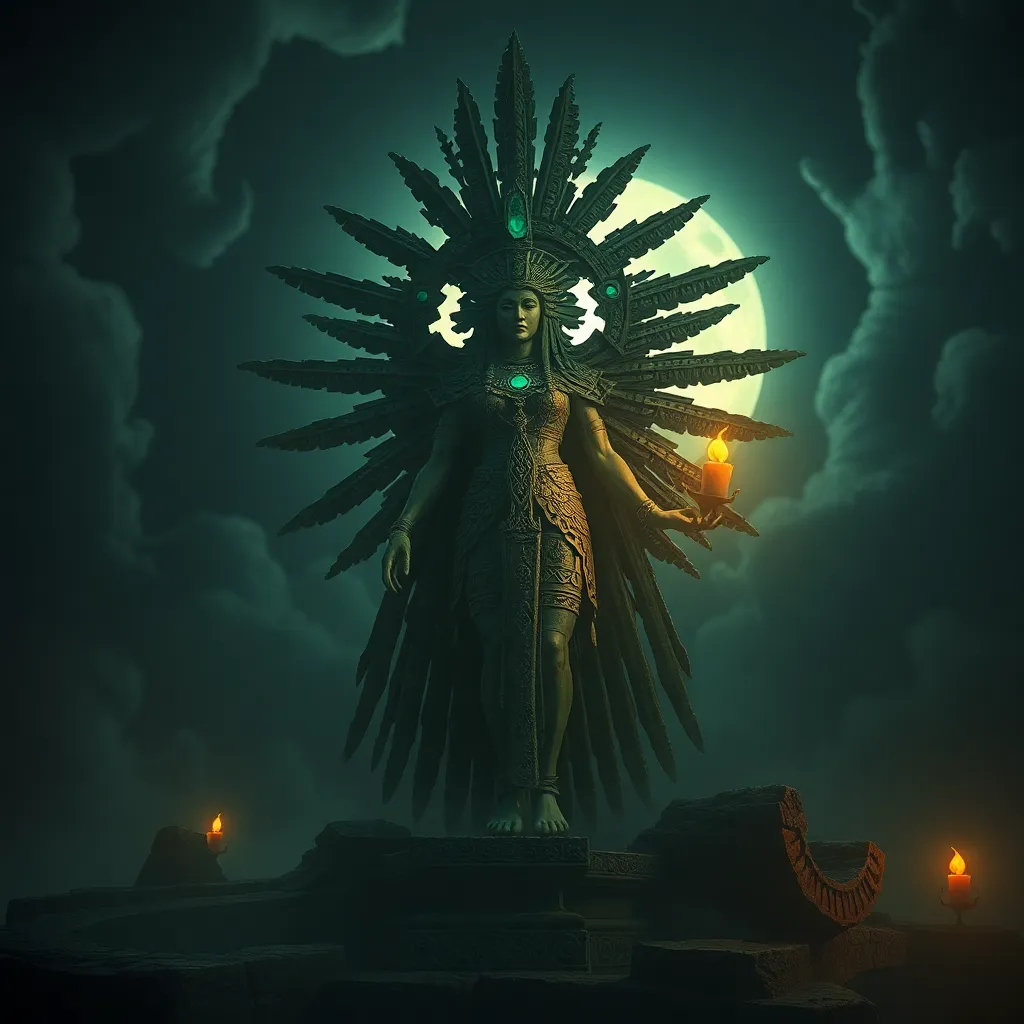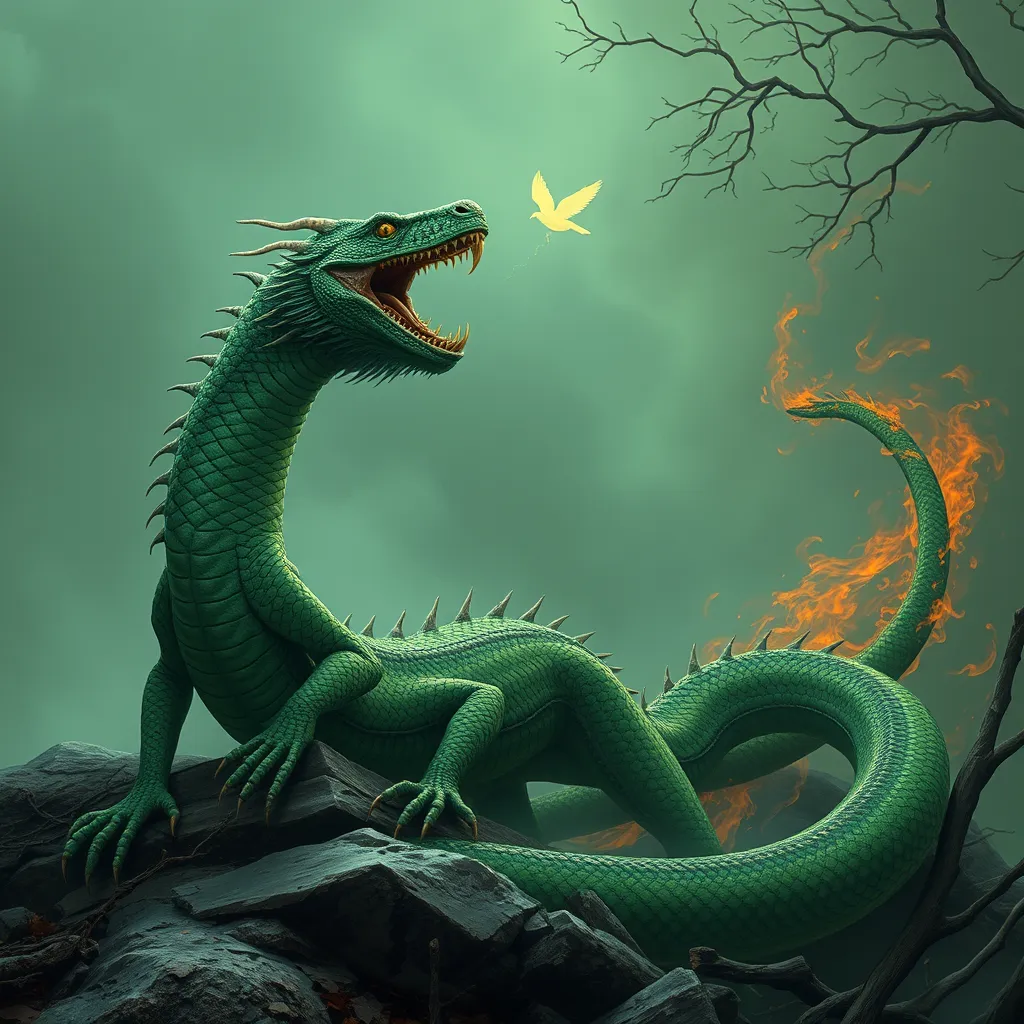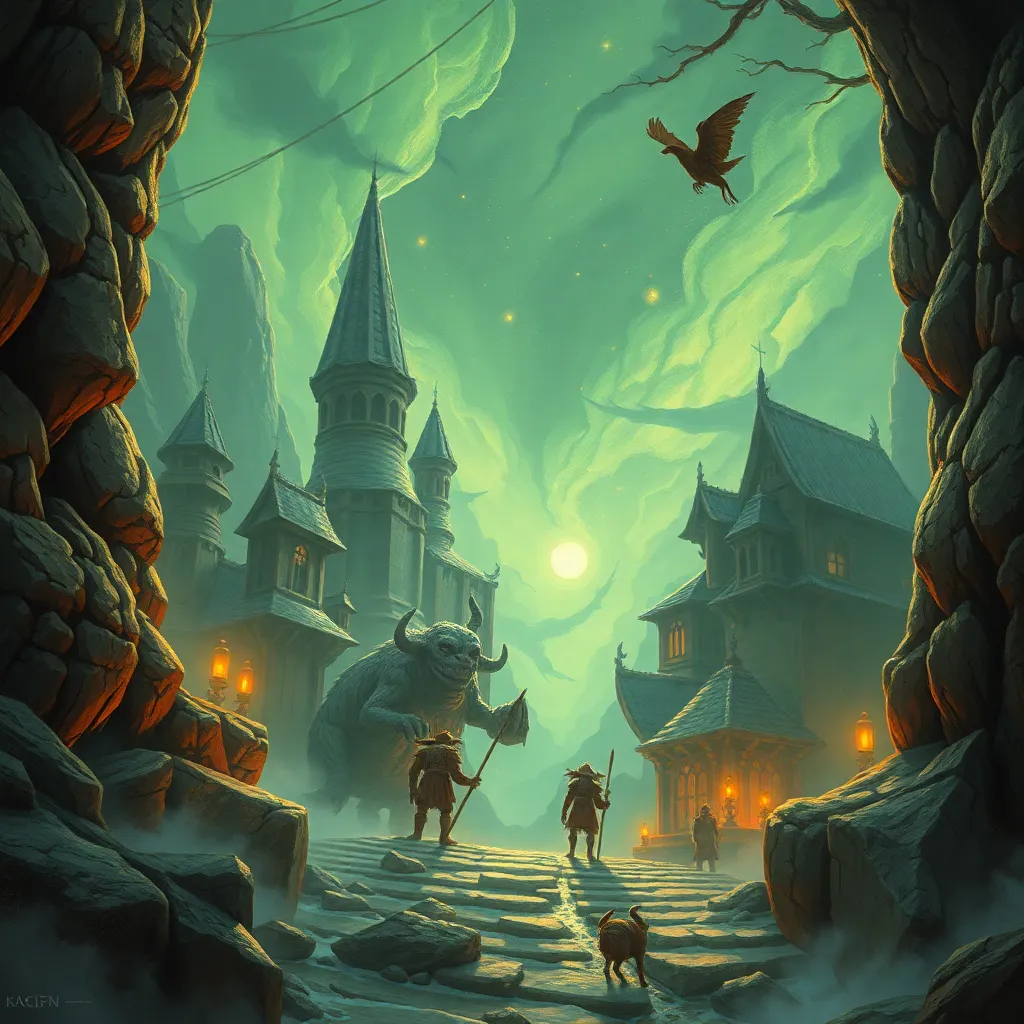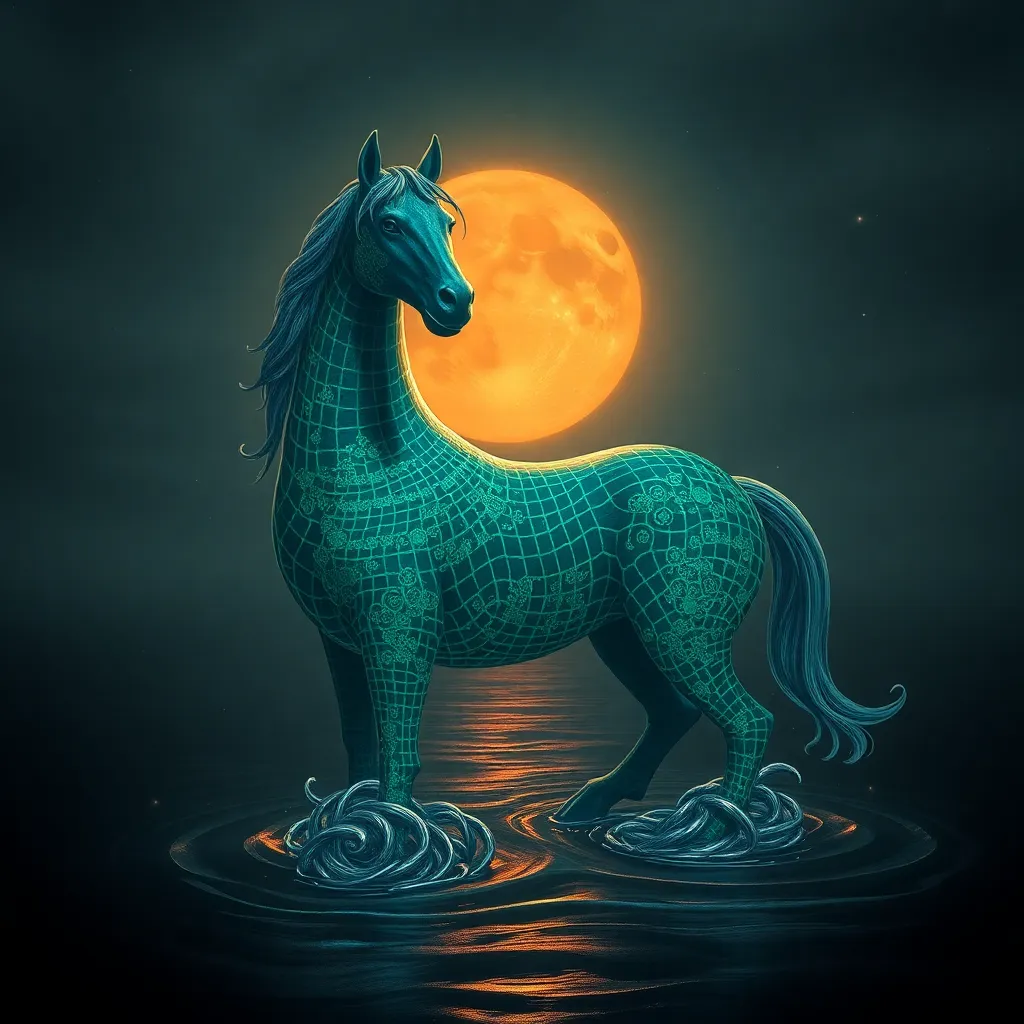The Aztec Goddess of the Night: Exploring Coatlicue’s Connection to the Dark Realm
I. Introduction
Aztec mythology is a rich tapestry of deities and legends, each embodying various aspects of life, nature, and the cosmos. Within this intricate pantheon, the deities played significant roles that reflected the values and beliefs of the Aztec civilization. Among these deities, Coatlicue stands out as the goddess of the night, embodying the complex relationships between creation and destruction, life and death.
This article aims to explore the multifaceted nature of Coatlicue, delving into her historical context, symbolism, and the vital roles she played within the Aztec cosmos. By examining these elements, we can better understand her significance and enduring legacy in both ancient and contemporary contexts.
II. Historical Context of Coatlicue
Coatlicue’s origins in Aztec culture are deeply intertwined with the cosmos and the earth. She is often depicted as a powerful mother figure, representing fertility and the nurturing aspect of nature. The name “Coatlicue” translates to “Serpent Skirt,” which highlights her connection to the earth and the cycles of life.
Within the pantheon of Aztec gods, Coatlicue occupies a crucial position as the mother of several important deities, including Huitzilopochtli and Coyolxauhqui. Historical texts, such as the Codex Borgia and the writings of Spanish chroniclers, reference her in various contexts, illustrating her wide-ranging influence in Aztec spirituality and culture.
III. Symbolism and Attributes of Coatlicue
The iconography of Coatlicue is as complex as her character. She is often depicted with a skirt made of snakes, symbolizing her connection to the earth and the cycle of life and death. Her face is sometimes shown as a skull, emphasizing her dual nature as a goddess of both life and death.
- Atire: Her attire, adorned with serpents and skulls, signifies fertility, rebirth, and the transformative power of the night.
- Physical features: The juxtaposition of nurturing and fearsome elements in her depictions reflects the duality of her nature.
Coatlicue embodies the duality of creation and destruction. She is a life-giver, nurturing new life, while simultaneously being a figure associated with death and the underworld. This duality is a core aspect of her character, representing the cyclical nature of existence.
IV. The Role of Coatlicue in the Aztec Cosmos
Coatlicue’s connection to the night and the cosmos is profound. She is often viewed as a celestial figure, representing the darkness that precedes creation. In this way, she is integral to the understanding of the universe within Aztec cosmology.
As a mother of gods and goddesses, Coatlicue gave birth to significant figures such as:
- Huitzilopochtli: The god of war and the sun.
- Coyolxauhqui: The moon goddess.
The significance of her offspring in Aztec mythology cannot be overstated; they each played crucial roles in the narratives that shaped Aztec spirituality and cosmology.
V. Coatlicue and the Concept of Death
Coatlicue is frequently associated with the underworld, embodying the concept of death in the Aztec belief system. She represents the transition between life and death, and her connection to the underworld is vital in understanding how the Aztecs viewed mortality.
Rituals and practices honoring Coatlicue were integral to Aztec culture, often involving offerings and ceremonies that sought to appease her and ensure a favorable afterlife. These practices included:
- Offerings of food and objects: Items that were believed to be useful in the afterlife.
- Rituals of sacrifice: These were performed to honor the gods and ensure the continuation of life.
The cultural perceptions of death and rebirth within Aztec society were deeply rooted in the reverence for Coatlicue and her role as a life-giver and a harbinger of death.
VI. Coatlicue in Aztec Rituals and Festivals
Various festivals dedicated to Coatlicue highlight her significance in Aztec spirituality. One such festival, Toxcatl, celebrated the goddess and involved rituals that honored her as a symbol of fertility and rebirth.
Ritual practices involving Coatlicue often included:
- Dances and music: Celebratory performances to honor her presence.
- Offerings and sacrifices: To ensure her favor and the prosperity of the community.
The enduring legacy of these rituals can still be observed in contemporary cultures that seek to reconnect with indigenous traditions and honor ancient deities.
VII. Interpretations of Coatlicue in Modern Contexts
In contemporary literature and art, Coatlicue’s character has been reinterpreted, reflecting modern views on femininity, power, and spirituality. Artists and writers often draw inspiration from her dual nature and the symbolism she embodies.
The influence of Coatlicue also extends to modern spiritual practices, where she is revered as a symbol of strength, resilience, and the cyclical nature of life. Comparative analysis with other night deities across cultures reveals similarities in how societies interpret the themes of death, rebirth, and the feminine divine.
VIII. Conclusion
Coatlicue’s significance in Aztec mythology is profound, as she embodies the complexities of life, death, and the natural world. Her enduring legacy resonates through time, reflecting the Aztecs’ intricate understanding of the cosmos and the cycles of existence.
As we reflect on her character and the rich traditions surrounding her, we are reminded of the importance of exploring the diverse tapestry of Aztec spirituality and mythology, encouraging further inquiry into the wisdom and lessons these ancient deities offer.



